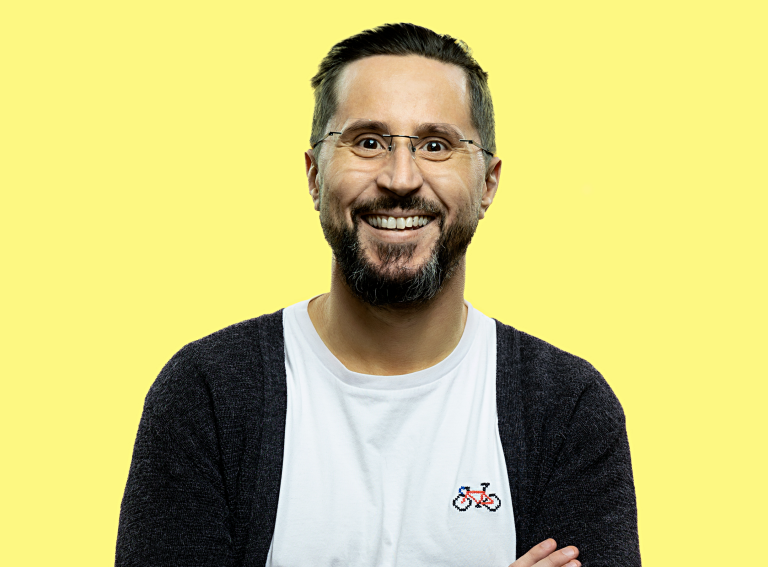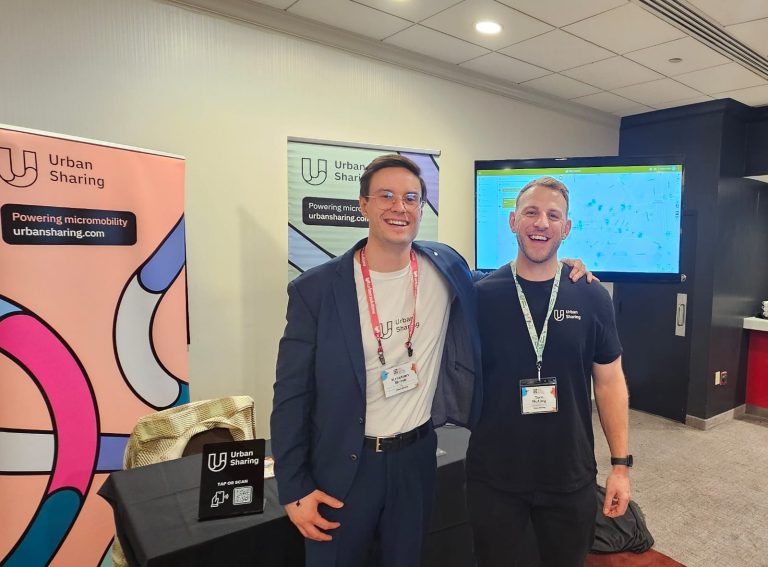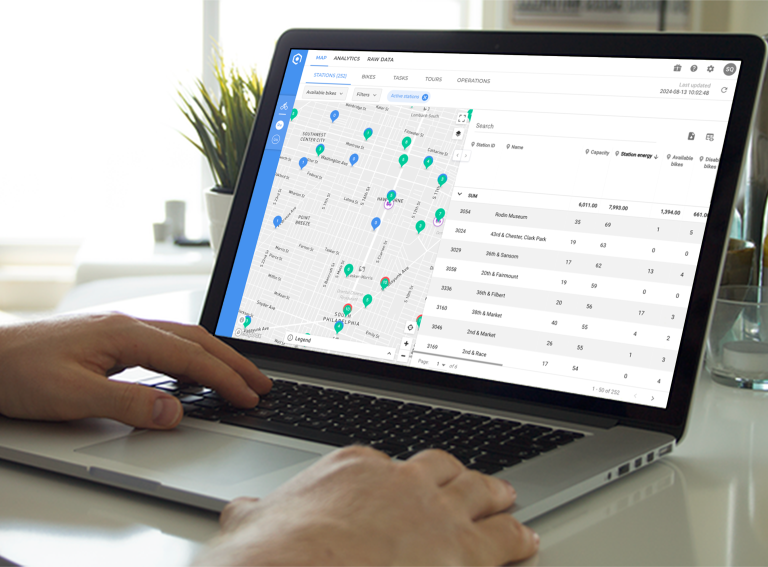In 2022, the Bolt Group reported more than €1 billion in revenue.
Carsharing, ride-hailing, e-bikes and e-scooters – Bolt has developed an all-in-one mobility app in the same place you can get your groceries.
With more than nine million passengers signed up to its ride-hailing services in the UK, imagine what the operator could bring to the island’s micromobility landscape.
Well, it may not be long before we find out.
Zag: Why does the UK appeal to Bolt?
Haya: “It’s a very exciting time for the UK as the Department for Transport has extended e-scooter trials again until 2026. The trials have been met with huge demand and exceeded all expectations. Schemes have seen great numbers and cities like London, Liverpool and Nottingham now want to make sure they have the right operator to provide this essential service.
“The UK is also a country where people are using scooters for essential reasons like commuting, and many of these cities have the right infrastructure in place to complement other forms of transport. We have extensive experience from working with other European cities and we’re very excited about the UK as there’s a lot we can bring.”
Zag: What exactly can Bolt bring to the UK market?
Haya: “We have micromobility operations in over 300 cities across 27 countries, so the first thing that sets us apart from others is scale. We have worked with cities at all stages, whether it’s a smaller scheme or a larger scheme and we’ve learnt from all of them. Now we can tailor our operations to work with a city and address its unique operations.
“Secondly, we are a solid operator. Bolt is a company with a multi-billion dollar valuation. We’ve been operating shared mobility schemes for more than five years so it means we can invest in them.
“The third is multimodality. We can offer different modes of transport to users according to their needs. Bolt will be your one-stop-shop where you can find all your different modes of transport that complement public transport. Multimodality by itself is the future and users want to know that whenever they need a mode of transport – it is there, accessible and reliable. We’ve already partnered with Norway’s Institute of Transport Economics to nudge users from one mode of transport like a Bolt car to another like a Bolt scooter.”
Zag: How are you nudging people to use Bolt scooters?
Haya: “Users requesting a Bolt car would get an in-app notification if their journey is less than three kilometres which would tell them where scooters are in their area. Up to 60% of users on average shifted from a ride hail to a scooter for short trips if the scooter was 300 meters away or closer. That means we saw that 60% of users took our advice for shorter journeys in those cities where we had both ride-hailing and scooters. This is something we’re uniquely positioned to do because of our multimodal offering.
“Ride-hailing and micromobility can also work together to achieve the last mile. Where we do ride-hailing in the UK, if there’s a hotspot where many journeys end then it would make sense for scooters to be positioned there because that will help users complete the next part of their journey.”
Zag: Bolt rolled out distance-based pricing in Brussels last year to encourage safe scooter habits. Would you bring this to the UK?
Haya: “Definitely. It’s a feature we can implement across all our markets. The purpose of distance-based pricing is to avoid rushing riders who want to pay less for their trip. Safety is at the foundation of our micromobility operations, and we’ve invested a lot in the hardware but also the software. Other features we’ve developed which have safety at their forefront include a rider reckless score penalising riders for abrupt braking. We can also identify tandem riding and pavement detection which is not only important for the riders but for other road users too.”
Zag: What specific challenges does the UK pose to micromobility operations?
Haya: “The UK trials have been some of the most successful in the world. But one aspect of this means they need proper management. If a scooter is being used five times per day, then there is a lot more that needs to be done around safety and parking. There is more investment and education needed than if the scooter was being used every two days for example.
“Also, because the trials are still relatively new, they are still not definitive in terms of regulatory mode. The perception of the outside world, from other road users who don’t use scooters, is important. There needs to be investment in inviting in different groups who are not the usual scooter users and educating them. So, I would say because the trials are new but also popular, that combination poses an important challenge because you need to make sure you’re investing enough into the programme to educate the riders, and the non-riders, while you also operationally manage the scheme efficiently on the ground.”
Zag: Bolt is a reputable operator that could carry significant lobbying power. This would also help with education. Is this on Bolt’s agenda?
Haya: “We’re still in the aspirational phase but we do hope to work with UK cities and showcase how successful these programmes can be. The UK is a huge market and we’re hoping that any of the cities we work with will become our flagship markets to share our experiences. We will also be creating a dashboard to share this data on what users we’re seeing, how to nudge behaviour and create multi modal shifts to help cities meet sustainability goals.
“While we can’t comment too much on the timeline, we’re following all the UK’s developments across various markets and hoping to have a couple of tender wins over the next few months.”





